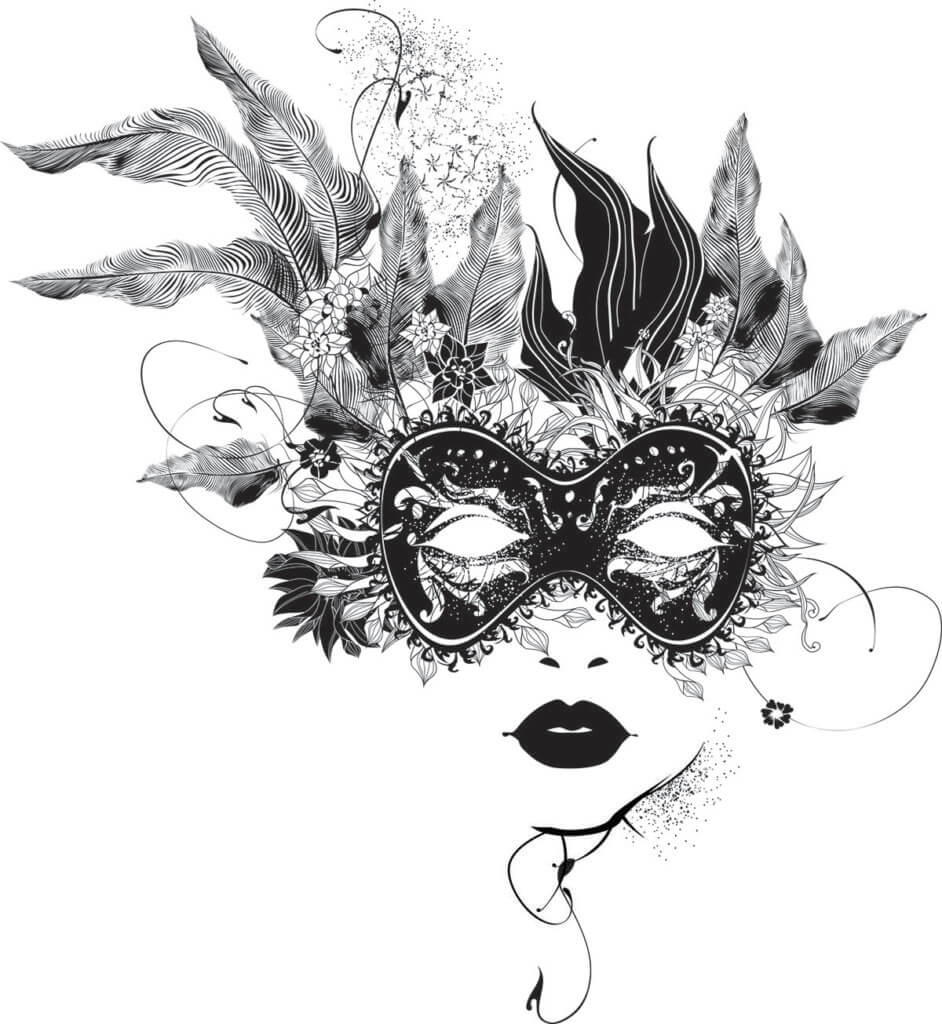 Oxford University is the world’s best, according to august publications like The Times. Oligarchs, CEOs, kings and presidents clamour alongside ordinary people to get their sons and daughters in; and for generation after generation of ambitious, intellectual kids, Oxford is among a handful of names that represent the ultimate in academic aspiration. But what’s it like to actually be there? Our anonymous diarist is going to reveal all, in real time, in a series of entries, starting with her first night
Oxford University is the world’s best, according to august publications like The Times. Oligarchs, CEOs, kings and presidents clamour alongside ordinary people to get their sons and daughters in; and for generation after generation of ambitious, intellectual kids, Oxford is among a handful of names that represent the ultimate in academic aspiration. But what’s it like to actually be there? Our anonymous diarist is going to reveal all, in real time, in a series of entries, starting with her first night
October 6th, 2018: Freshers’ Week
I arrived at Oxford University a few days ago, a mere, defenceless undergraduate desperately in search of someone to latch onto and call my best friend. This orientation period, known as Freshers’ Week in the UK, has become a rite of passage for universities that is all too closely associated with excessive drinking, partying and regretful sexual antics. And now I find myself in the midst of it all. When I first arrived at my college, which shall remain nameless, an army of second year students rushed over to help me and unloaded my father’s car. They settled me into a surprisingly spacious bedroom with an enviable view of the college chapel, and in a matter of minutes I was set up and ready to go. But where to? I crept out of my room and nodded half-apologetic hellos to those on my corridor, trying rather superficially to deduce who I might get on with based on first impressions. I had to remind myself not to do what I did at interviews – that is, quite literally throwing myself at some poor French girl in the stairwell and begging her to go to dinner with me. Note to self: play it cool.
Oxford: the university everyone has heard of, and everyone desires. Made up of thirty-eight colleges, it is renowned for its gargoyle-adorned buildings and immaculate green quads. My college is no exception, nestled right in the centre of Oxford, and it feels as though time here is stood still: I can almost visualise my grandfather walking around the city as I do today. This is especially apparent when I see photos of my friends at less traditional universities; their world of video tutorials and soaring tower blocks is incomparable with my experience here. What many people fail to realise, however, is that this privilege is uncomfortably contrasted with an astonishing number of homeless people who literally live on the doorsteps of these privileged institutions; it is a sobering thought indeed.
I wandered down to the college bar – a dingy, dimly-lit room with a floor so sticky your shoes adhere to it – and was met with an astonishing mix of people. Impossibly posh private-school students were hobnobbing about their gap years – ‘oh you know, I did a ski season and then I was in Botswana with an indigenous community for a while’ – whilst misanthropic intellectuals could be seen frantically scanning the room for the nearest escape route loud-mouthed egoists were bragging about the full marks they achieved at A Level whilst the humble sufferers of imposter syndrome struggled to convince themselves they should even be here at all. Naturally we were all searching for people who look like ourselves, and we clung to each other uncomfortably like wet clothes to skin. I have since come to realise that this taste of adult life and social interaction is entirely alien for some; namely the boy who was unable to open a can of beer at pre-drinks because he had never done it before. Others are true veterans of the party lifestyle, like the philosophy student who reportedly had her ‘tongue down someone’s throat’ on the first night: eyebrows were certainly raised at breakfast the next day. Academic achievement is the only common denominator in our Oxford cohort; and whilst there are as many obscure and socially inept people as I had anticipated, there are approachable ones by equal measure.

I was also introduced to my subject tutors, the leading world academics who will be dissecting and scrutinising my essays in our one-on-one weekly tutorial meetings. One tutor, a bearded and bespectacled man, is terrifyingly accomplished for his barely three decades of existence (except when it comes to a sense of humour, a department in which he is unfortunately lacking). I can only cringe at the prospect of having to sit in his office each week, a deceptively inviting room filled with comfortable armchairs; in reality it is a lion’s den. Another tutor almost managed to put me at ease in her company by encouraging me to ‘down’ the prosecco she had poured me during a formal – that is, until I visited the library the ext day to take out a book and found her name plastered in capitals across the cover. Shortly after I had another rude awakening: an essay and a hefty reading list appeared in my email inbox. Four books and ten secondary texts to be read by next Monday? Freshers’ at Oxford, I have learnt, is as much about the work as it is the play.
Panic levels now through the roof, I looked to my peers to see how they were coping with the culture shock. One girl, who we will refer to as A, felt the need to text me at 3am last night asking me a question regarding our first assignment. Should I too be working at this ungodly hour? Who even works at this time? Note to self: avoid A at all costs. My knight in shining armour, however, came in the form of a boy who shall be known as BFG, the Big Friendly Giant no less. During a library induction, BFG disregarded the opportunity to discuss the vital academic resources at our fingertips in college, instead feeling compelled to initiate a conversation with the librarian on the comfort levels of the chairs. He’s got his priorities straight.
As I lay in bed on my third night, wandering absent-mindedly how many desperate drunken boys had used my bedroom sink as a urinal, many revelations became clear to me. Oxford has its own space and time; it is its own world, whole and complete in itself. It also has its own language – and it is baffling. How do you wear sub fusc? What on earth is a bop? How do I pay my battels? The nightlife, I’m afraid to admit, is sorely lacking. But the college food is spectacular. Oh, and I need a bike.
On the last night of Freshers’ we had our very first bop. An Oxford tradition, bops are college parties that take place in the college bar. Last night’s theme required everyone to come dressed as their subject. I can’t say it was immediately obvious that the boys who had balloons tied to themselves were the economics students (inflation, apparently), or that the girl with a bird on her T-shirt who wielded a bottle of tequila was an English undergraduate (Tequila Mockingbird…genius), but it was certainly an amusing sight. The awkwardness that we had all felt at the start of the week was rapidly dissipating thanks to the lethal concoction of fruit juice and vodka we were drinking. Even A had decided to stop working for a few hours; she could now be seen all over a second year student on the Common Room sofas. Love was certainly in the air that night. How long do we think will it last?
Our diarist is an undergraduate at an Oxford college. Can you guess who she is? Check back in for the next instalment soon


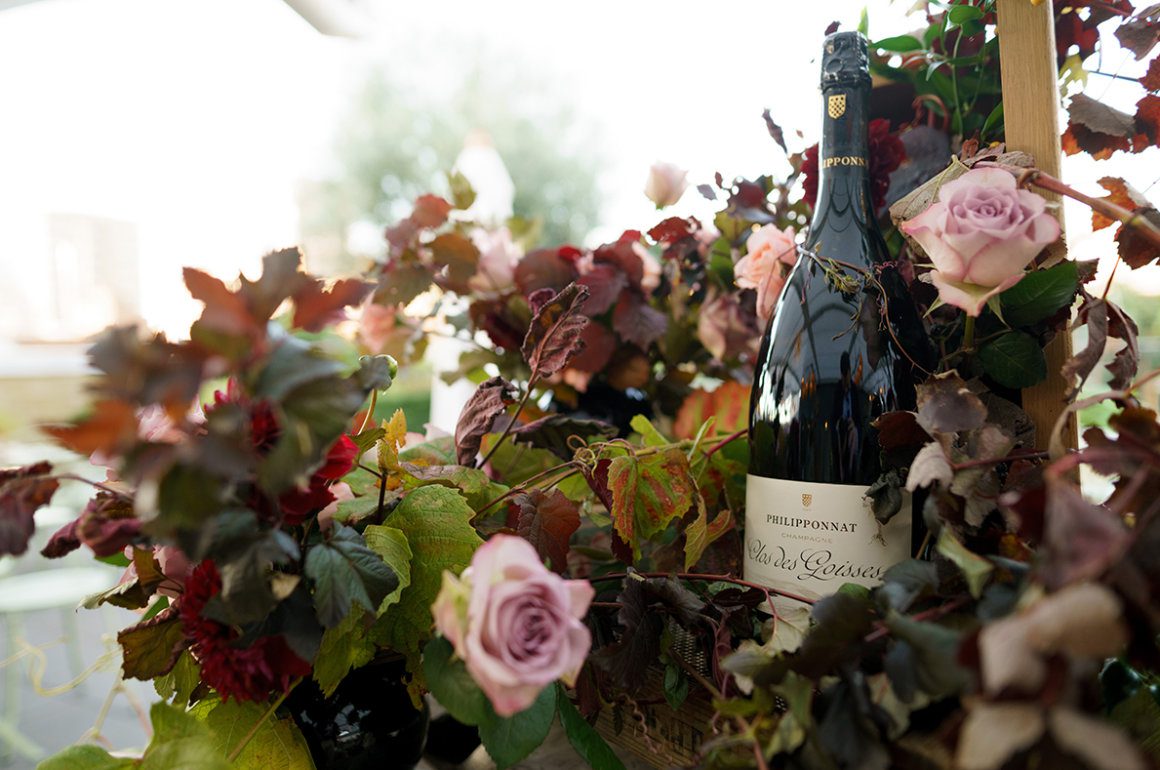
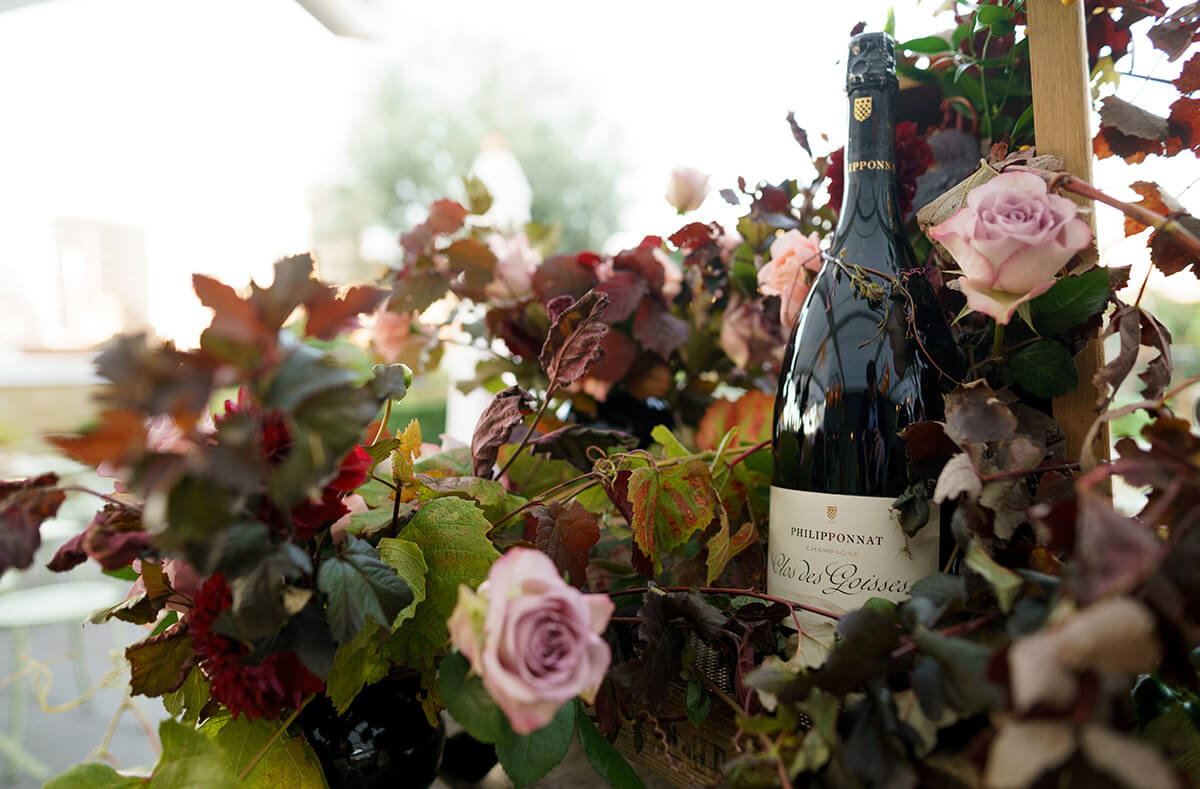
 1. Philipponnat Cuvée 1522, 2008
1. Philipponnat Cuvée 1522, 2008 3. Philipponnat Clos des Goisses 2009
3. Philipponnat Clos des Goisses 2009 4. Egly Ouriet Les Crayeres, Ambonnay, Grand Cru, Blanc de Noirs, Brut NV
4. Egly Ouriet Les Crayeres, Ambonnay, Grand Cru, Blanc de Noirs, Brut NV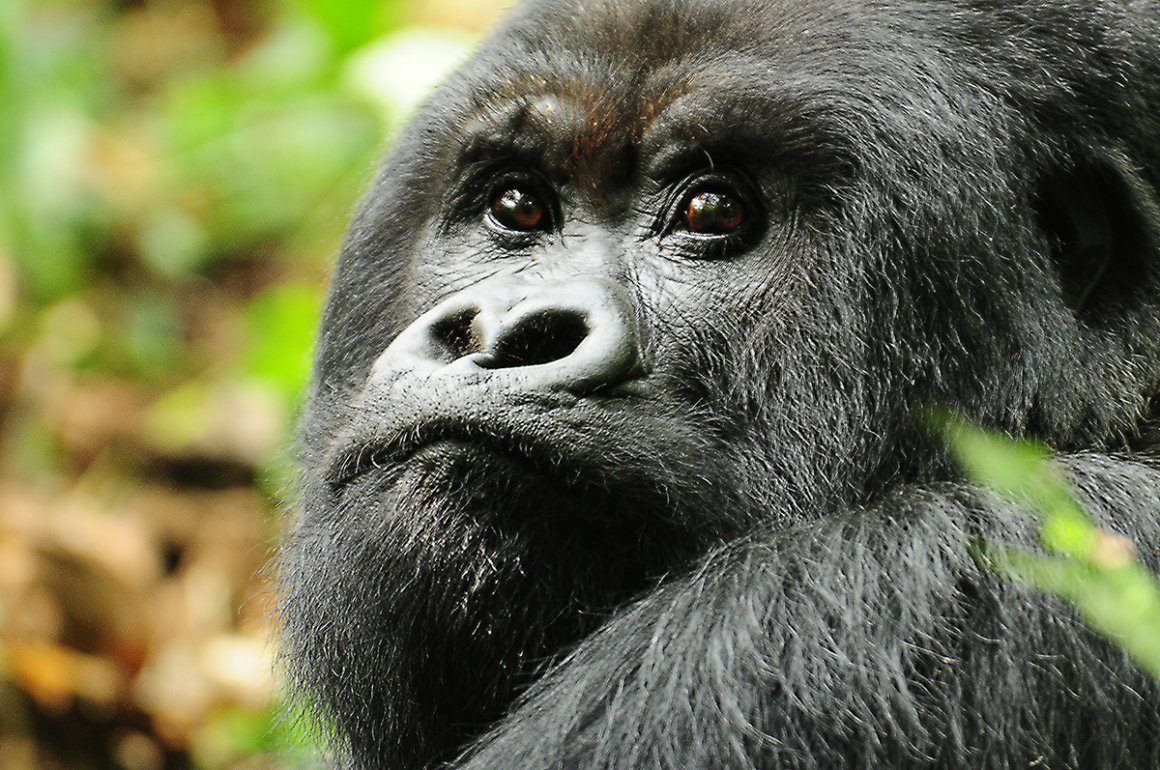
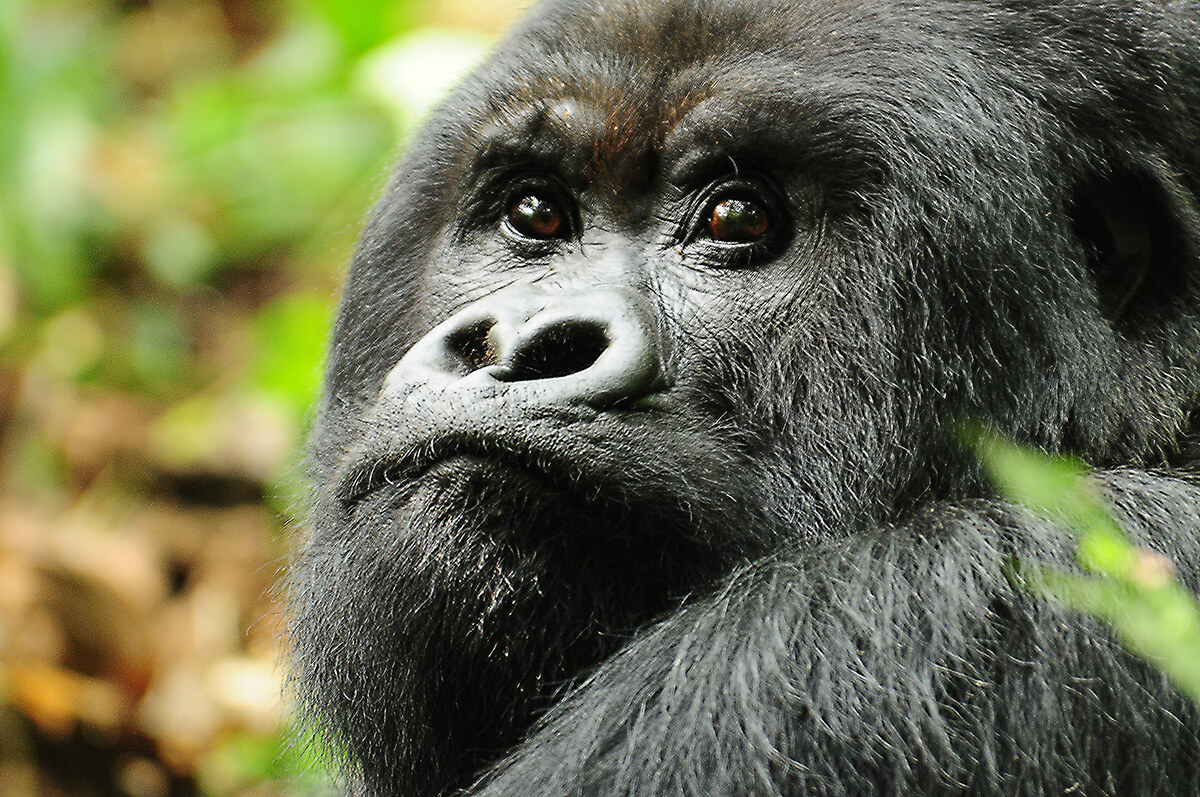
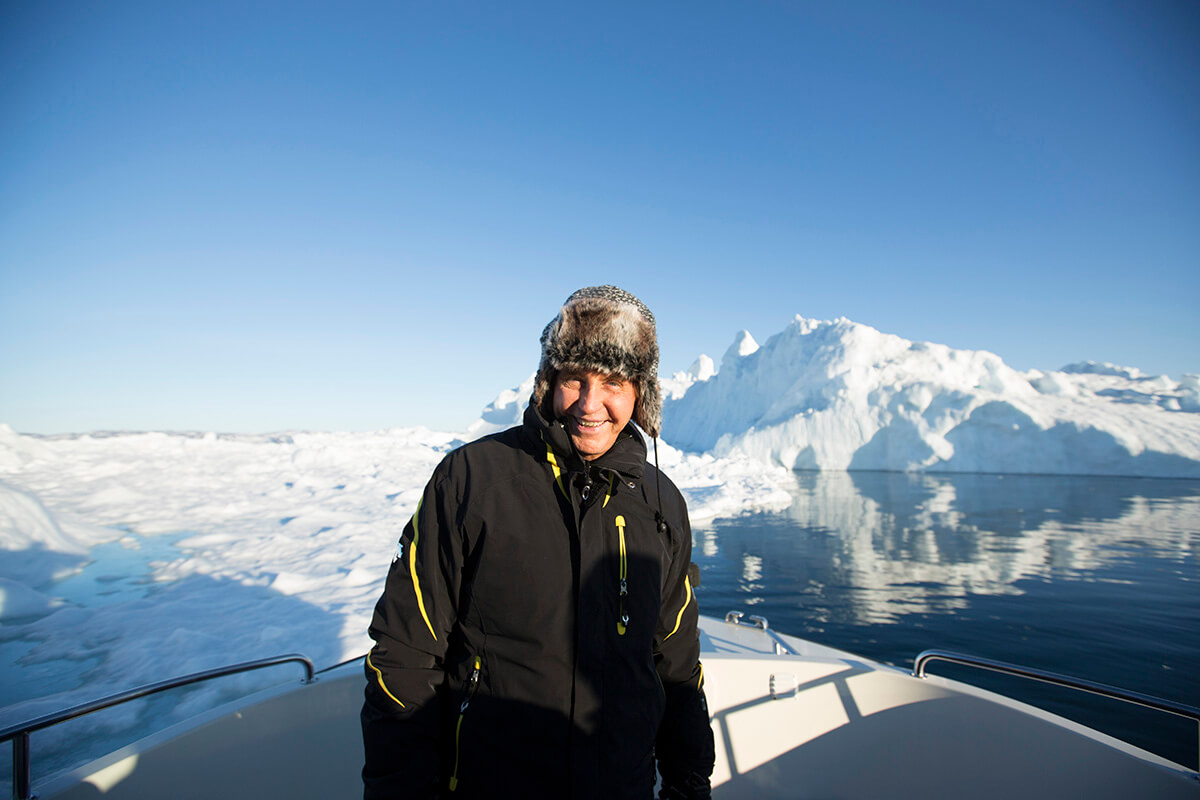
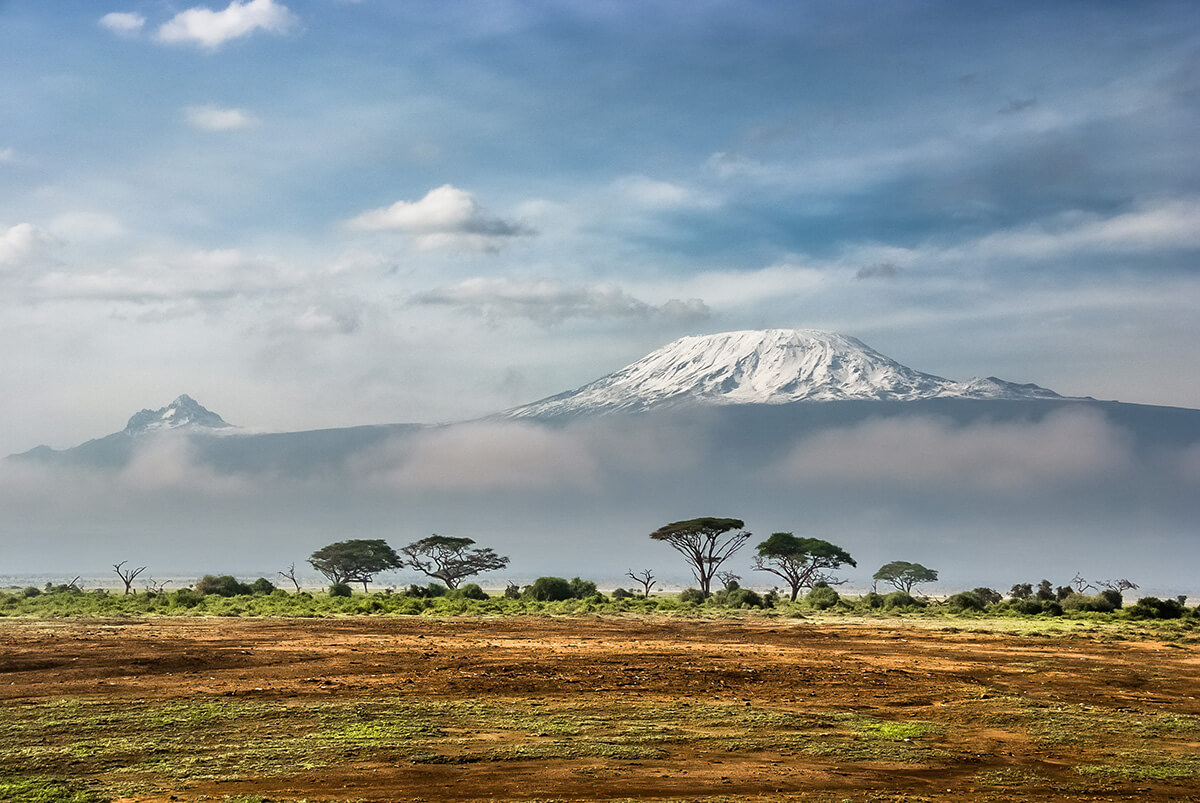
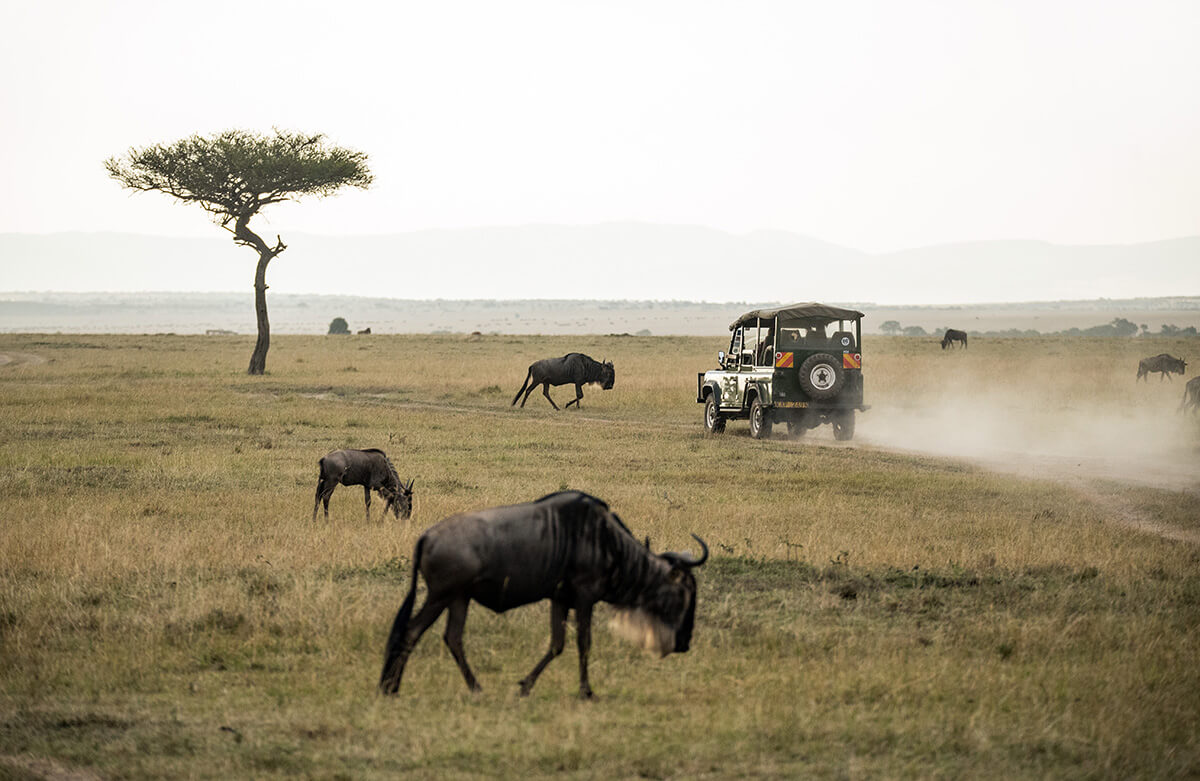
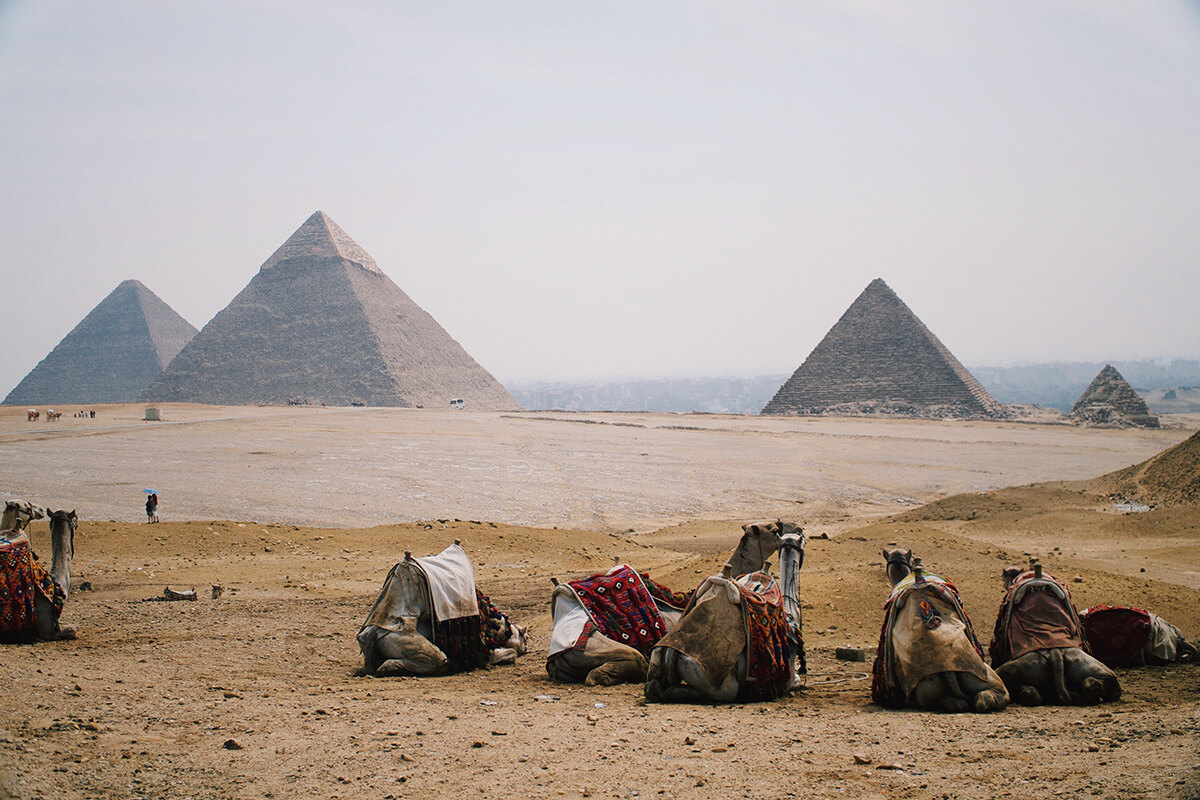





Recent Comments